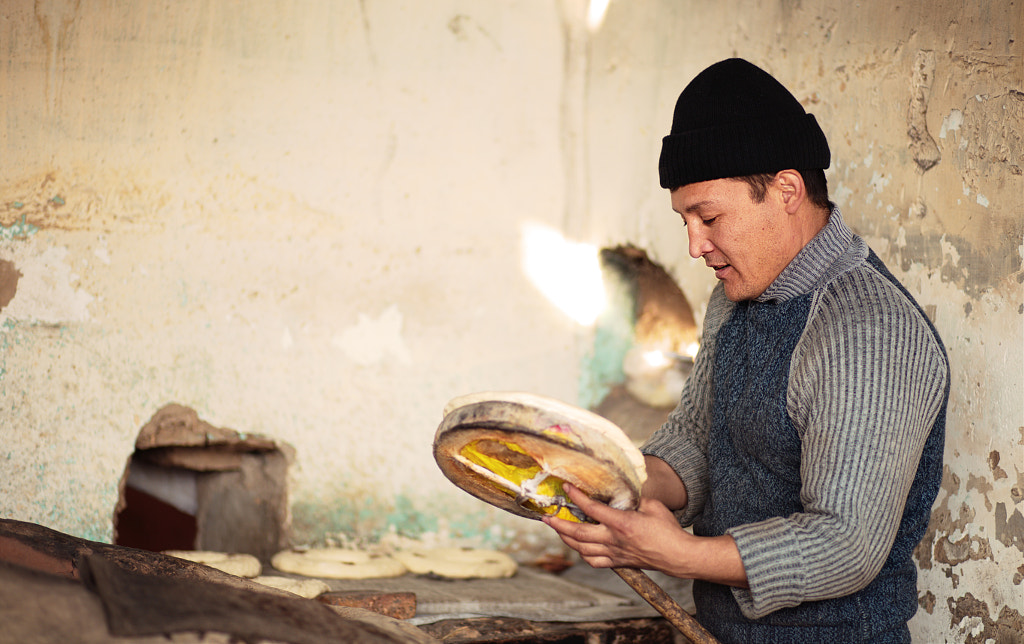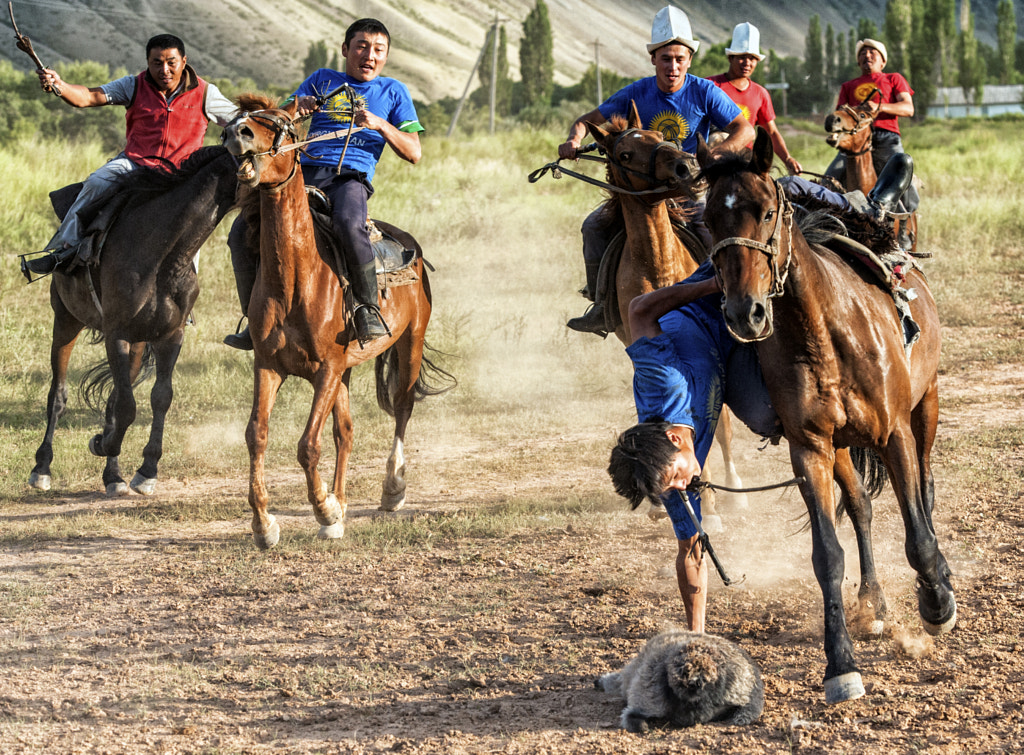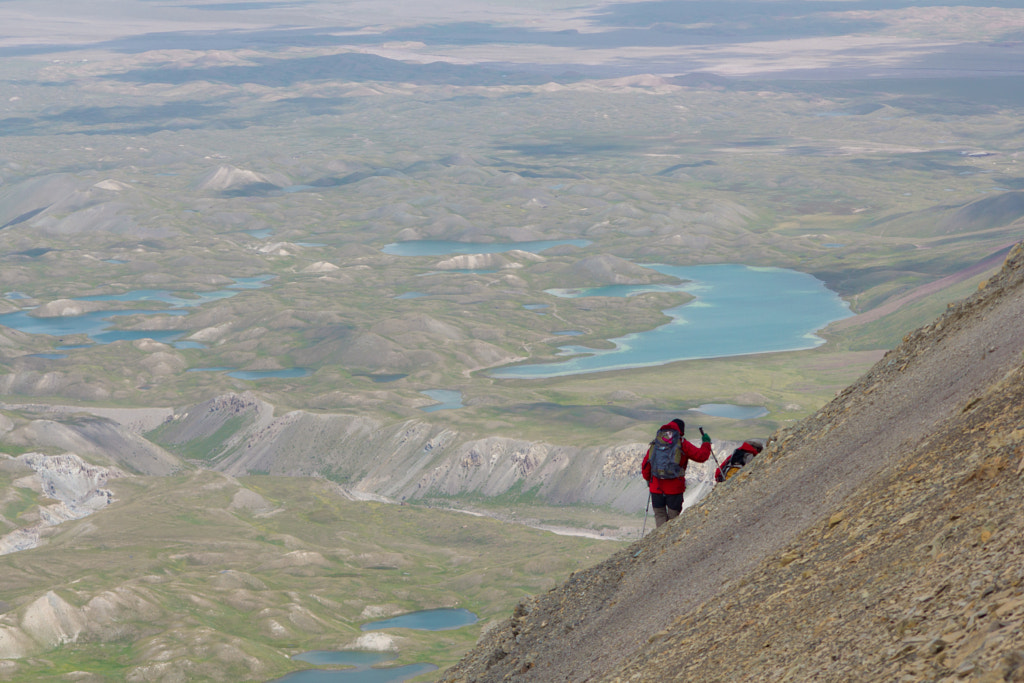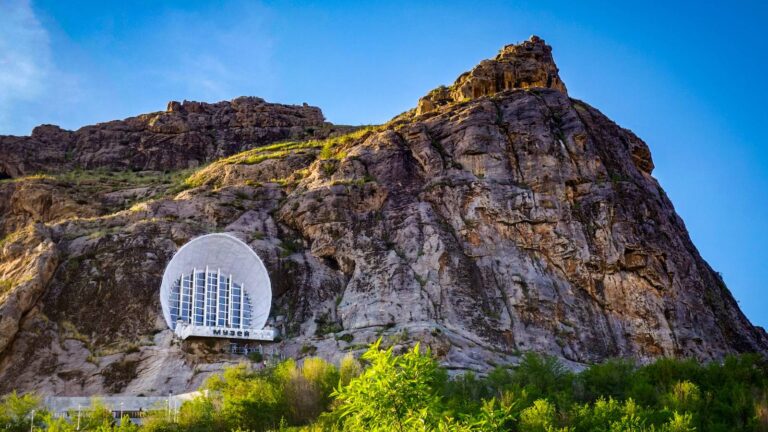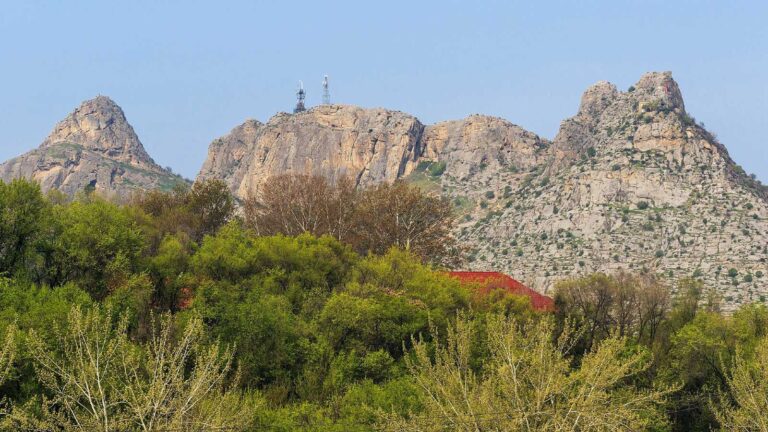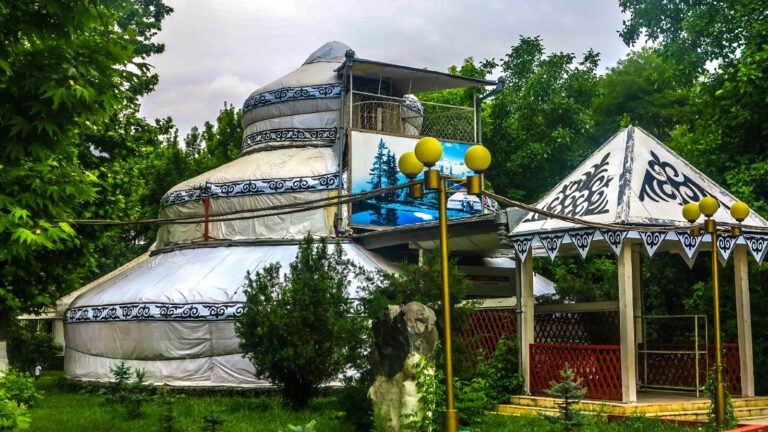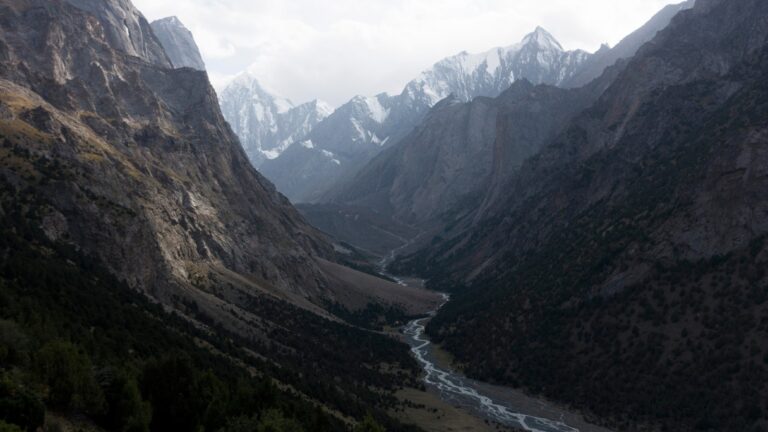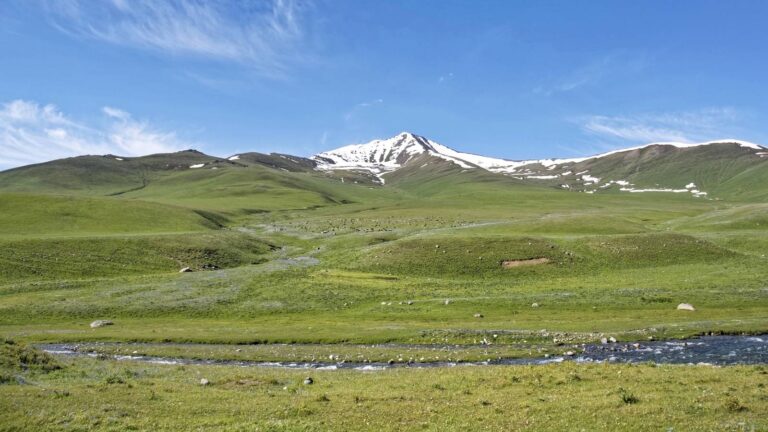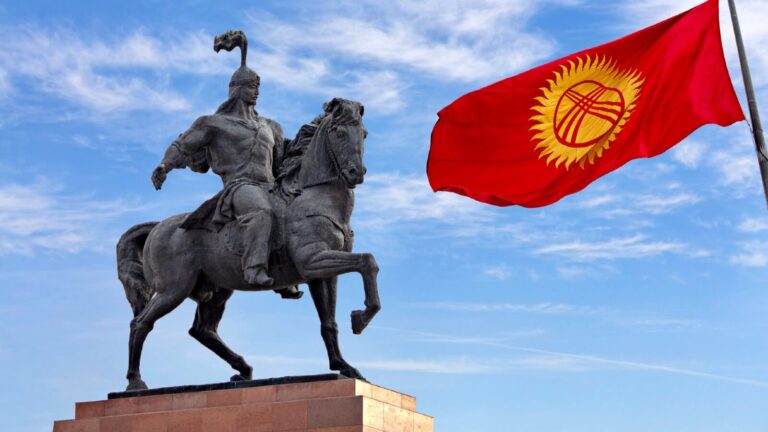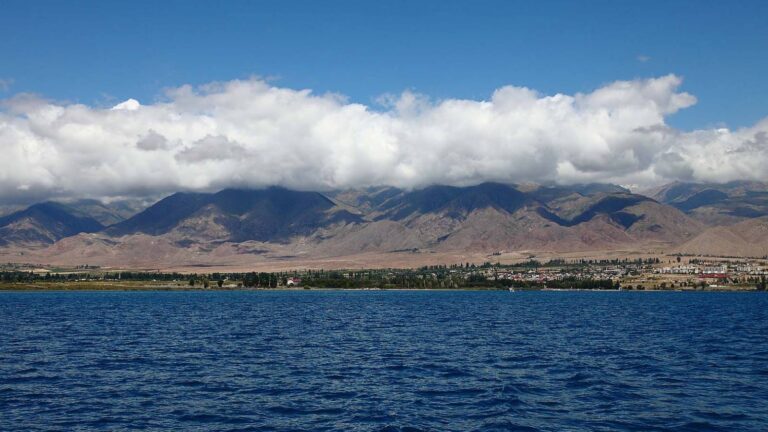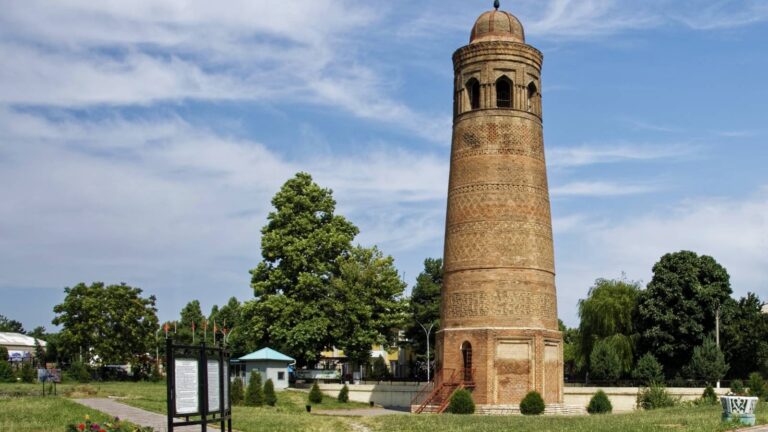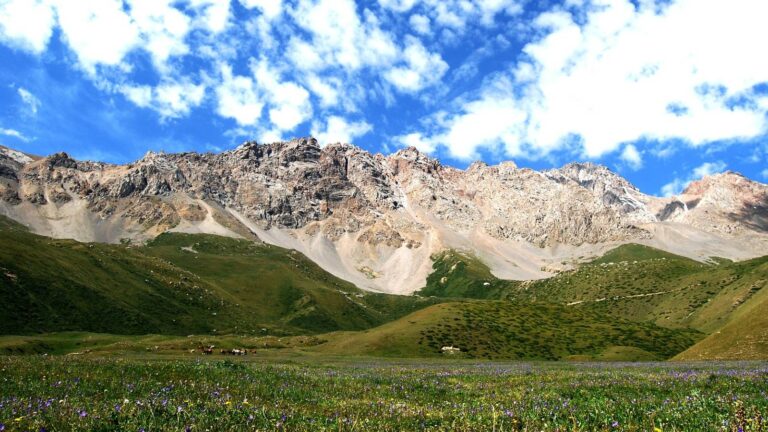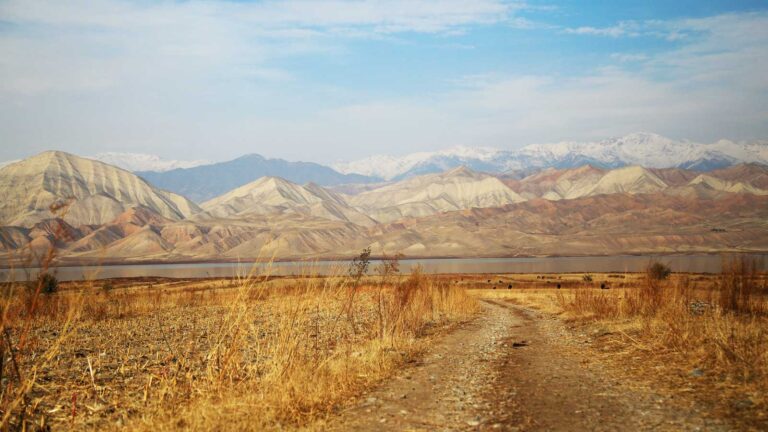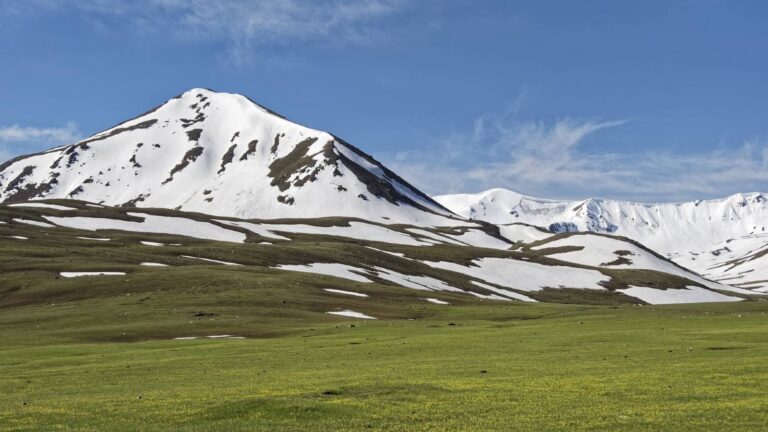You can get to the southern part of the country through the Osh international airport.
The National airline “Kyrgyzstan” makes regular flights from Bishkek and Osh to Yekaterinburg, Irkutsk, Islamabad, Krasnoyarsk, Moscow, Novosibirsk, Omsk, Tashkent, Urumqi and Khujand.
You can also get there by car, crossing the border with neighboring states – Uzbekistan, Kazakhstan, Tajikistan or China.
You can get from Bishkek to Osh and back by taxi because there is no ground transportation on this route. Taxis can be found at the stands near city bus stations. Drivers call customers loudly and when filling the car (usually four- or six-seater) they set off. The trip shouldn’t take more than 10 hours and the fare will average 1,200 soms (about $17).
The International airport at Manas is located 23 kilometers northwest of Bishkek. The minimum cost of a flight on the route Bishkek – Osh – Bishkek is 3,500 – 4,000 soms (approximately $50-57). Flights are operated once a day. You must arrive at the airport two hours before departure.
Osh is radically different from the capital of Kyrgyzstan in its oriental flavor and age: its history goes back over three thousand years.
Osh was once a crossing point for caravan routes going from India and China to Europe.
A popular cultural attraction is the oriental bazaar, which is spread over several quarters. Here you will find dozens of stalls with fragrant spices and dried fruits, which are not available in other regions of the country, sesame cakes that are baked in tandoors and, of course, Osh samsa.
In the center of the southern capital rises the sacred mountain Sulaiman-Too, named after the king Solomon. It is a five-domed limestone mountain stretching from west to east with a cliff 1,140 meters long. Nearby there are many historical monuments and sacred caves visited by numerous pilgrims. Right in the mountain there is a museum built in 1949. The largest mosque in the region was built the at the foot of Sulaiman Too – it can accommodate five thousand people.
The legends about this city often mention such prominent personalities as the Macedonian Alexander and the Prophet Solomon.
Scientists are still trying to fully understand the primary sources of the etymology of the name.
Theologians believe that Osha happened at the behest of King Solomon. According to one of the legends, when the king rode along with his army, they decided to stop for a halt and said: “Hosh!”, Which meant “enough”. That is how, according to some versions, the name of the city appeared.
The history of Osh goes back centuries and it is much older than most cities in Central Asia. In the Bronze Age, Osh was a farmer’s settlement on the slope of Sulaiman Mountain. The rapid development of the city was influenced by its geographically advantageous location on the middle of the trade routes connecting Europe and Asia.
Therefore, the city quickly developed its trade, and soon its bazaars and caravanserais became known to most merchants. A covered market was built on the left coast of Ak-Bura tim in classic oriental style. It is today more than 2 thousand years old and it stills gets brighter and bigger.
Ancient Osh had a citadel and was surrounded by a stone wall, but to this day ancient buildings did not survive.
According to legend, the Sulaiman-Too mountains have healing properties and therefore pilgrims have been coming here for many centuries believing that the place is sacred.
In 1876 the Russian Empire conquered Osh and annexed it to its territory.
Today the modern city concentrates several industries and has offices of the largest enterprises of Central Asia.
Green boulevards smoothly turn into parks and gardens and frame many monuments and architectural buildings of the city.
In addition to Muslim shrines, the gold domes of Mikhailo-Arkhangelskaya Church cast their brightness right in the center of the city. The years of communism were difficult for the Church, but in 1991 was returned to the Orthodox religious community.
Festivals in Kyrgyzstan are one of the best places for those who want to feel the Kyrgyz customs and traditions.
Osh is an excellent starting point for traveling to Kashgar, the Pamirs or the Tien Shan mountains, as well as the Ferghana Valley. In the suburbs you can explore the largest caves in Kyrgyzstan.
Climbers will be interested in the Chon-Alai region, where Lenin Peak rises at 7134 meters. This ascent it is not advisable for unprepared person: to conquer its peak, you need experience in high-rise mountaineering, willpower and endurance, as well as the necessary equipment. At the foot of Lenin Peak, the Central Asia Travel camp is the collection point for foreign climbers and tourists.
Osh might not have the same gloss as the capital of the republic, but its simplicity and unusual location will certainly captivate visitors. It seems that you are in the last oasis of civilization with exciting adventures waiting.
One of the early enterprises of the city was the cotton mill (KhBK), still one of the largest in Central Asia and operating since Soviet times.
The processing industry includes JSC “Kelechek” – Osh meat processing plant, bread manufacturer Osh-Nan JSC, tobacco processing and fermentation plant and until recently, a silk factory (Osh-Zhibek JSC), a submersible pump plant and a textile plant (JSC Tekstilshchik).
The city is supplied with electricity by the Osh Thermal Power Plant. Historically, the center of trade in the city is the central market located on Bazarnaya street, on the left bank of the Ak-Buura river. In the post-Soviet era market areas have expanded significantly and now trade is also carried out in the adjacent locations: “Sheyit-Debe”, “Teshik-Tash” (Lenin St.) and along the streets of Kara-Suyskaya and Raimbekov.
In the suburbs, 22 km from the city (village administration Sarai, Kara-Suu district) there is the largest wholesale and retail market in the Fergana Valley “Turataly Bazaary”.
Currently, many new shopping centers are opening: Kelechek, Datka, Frunze and etc.

